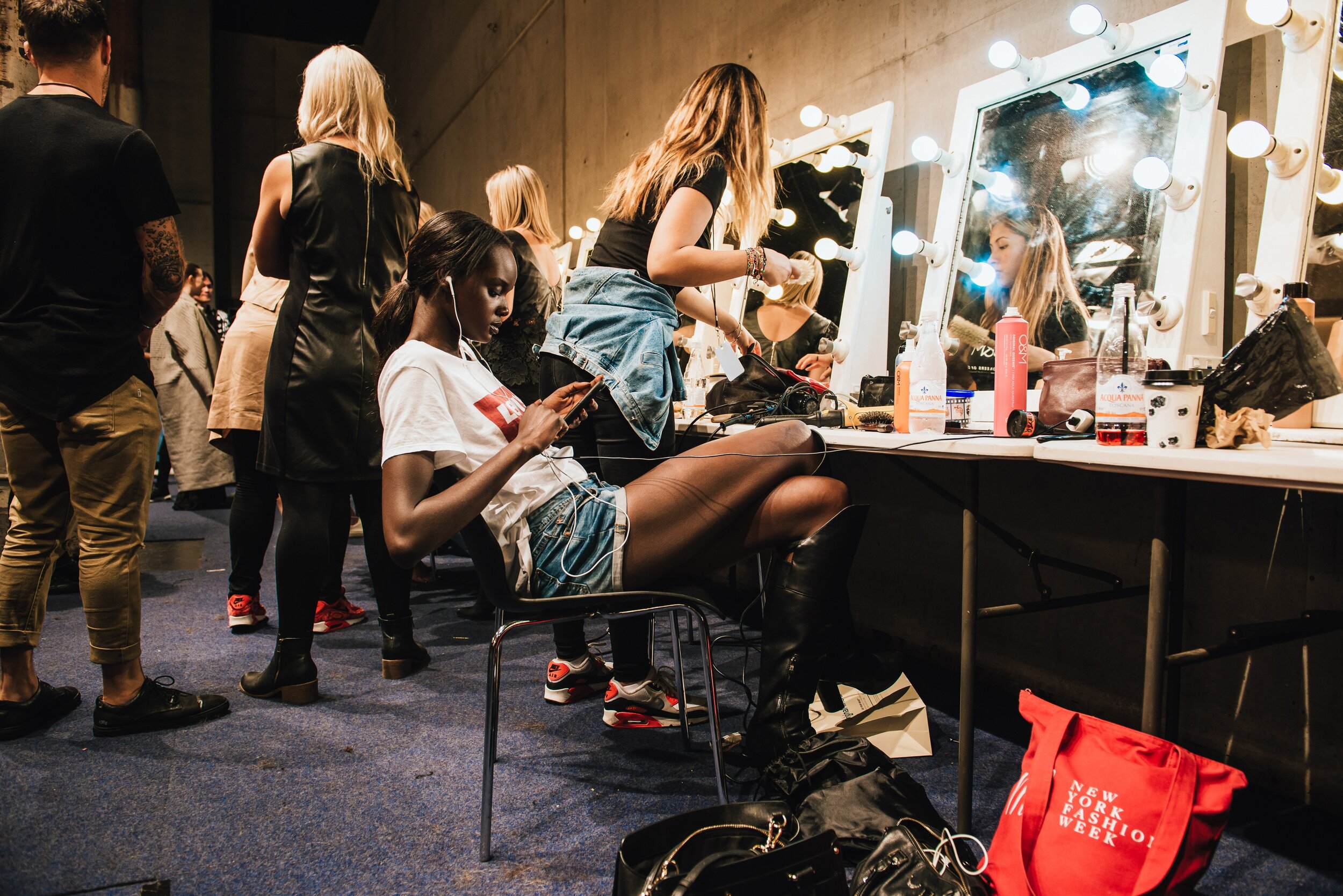Hijabi Fashionistas: How Modest Fashion Took Over Instagram
When people hear the word “influencer,” they are quick to imagine the perfectly filtered feeds of young 20-somethings. Spray-tanned complexions, lip filler, and the universal “Instagram face” make it difficult for anyone on social media to see beyond the surface of style influencing. However, within this whitewashed social media sphere, hijabi fashion influencers have carved out a space for themselves, styling the latest trends in their own ways and inspiring the fashion sense of their followers, regardless of whether or not they wear hijab.
Modesty in mainstream fashion is a somewhat new revelation. In an industry where “sex sells” and size 0 models often walk the runways in barely there garments, the world of influencing often reflects that. With the latest trends of underwear as outerwear, baby tees, and corsetry, what is seen on Instagram and Pinterest hardly reflects the large number of people that adhere to modest dress codes, both religious and personal.
Via @noore Instagram
The representation that hijabi influencers add to both the fashion industry and social media in general is much needed. More and more people are able to see themselves when they scroll down their Instagram feed, seeing the likes of Nemah Hasan (@nemahsis), Noor Elkhaldi (@noore), and Rawdah Mohamed (@rawdis) styling whatever’s trending at the time with their hijabs. Meticulously layered clothing, the early 2000s trend of wearing skirts and dresses over jeans, and unique blazers fill their feeds. Their comment sections are flooded with heart-eyed emojis and followers saying they never thought they could style one particular piece of clothing with hijab.
Via @shahdbatal Instagram
This representation has resulted in influencers like Shahd Batal (@shahdbatal) getting brand deals and capsule collections with major high street brands. ASOS now has an ongoing modest fashion edit, highlighting headscarves, modest-friendly main collection clothing, and featuring hijabi models. While this marks incredible progress in the diversity and inclusion of the industry, there is still lots of work to be done.
Recently, Somali-American model Halima Aden announced her semi-retirement from modeling and the industry. She shared on her Instagram story how she slowly lost control over her own image as she spent more time in the industry. In an interview with the BBC, Aden said “I eventually drifted away and got into the confusing grey area of letting the team on-set style my hijab.” She shared a series of images, where rather than a hijab, different garments and fabrics were used to mimic her hijab instead, ranging from denim to the American flag. Aden also commented on the way other hijabi models were treated in the industry, saying that they did not receive the same accommodations that she was afforded through her contract with IMG models, such as a separate changing area. She has since said that she will only be accepting modeling jobs where she can have full control over her image and hijab.
The hijab has been highly policed in the 21st century Western world. In March 2021, France voted to ban the hijab for Muslim women under the age of 18. This bill also banned moms who wear the hijab from attending school trips and expanded on the 2004 veil law that banned any visible signs of religious affiliation in public schools. While the veil law allows small crosses, stars of David, and other miniscule religious symbols, young girls that wear the hijab have been disproportionately affected by this secularization of France for nearly two decades.
In more recent pop culture, regulations similar to this one were highlighted in the Spanish teen drama Elite. When 16-year-old Nadia Shanaa (played by Mina El Hammani) starts at the exclusive private school, Las Encinas, she is told she must remove her hijab during school hours or risk being expelled. She is then faced with the decision of compromising her own beliefs to retain her scholarship, or leaving the school altogether.
This trope and controversy surrounding the hijab and hijabi women in film and television are increasingly common. Whether hijabi characters slowly begin to dress more revealing or ditch the hijab altogether, these characters meant to represent the underrepresented often end up doing the opposite. Characters like Nadia reflect the one-dimensional Western view of hijabi women and Islam in general, painting the hijab as an oppressive tool rather than a personal choice.
When people who choose to wear the hijab are constantly pressured to remove it, both in the media and in reality, seeing public figures online embracing their hijab through their personal style offers much-needed representation and inspiration. This is the same representation that models like Aden hope to provide within the luxury fashion industry.
Written by Simi Iluyomade
Header photo by RF._.studio from Pexels













